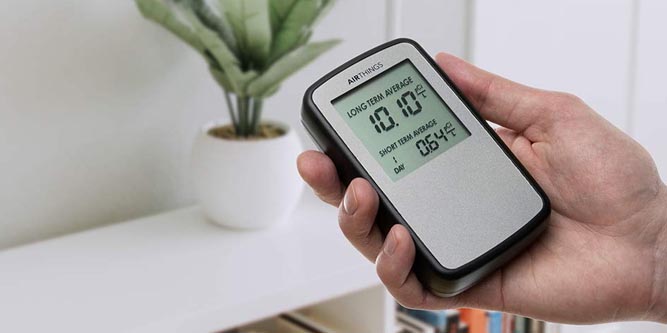Whether you’re buying a new home or reevaluating an old one, radon gas is a major concern. It poses significant health risks. Worse, because it’s odorless and tasteless, you won’t know if you’re being exposed. In order to find out your home’s radon level, you need a radon detector. We’ve reviewed several types of detectors in the past, including natural gas detectors. As a result, it’s only natural for us to discuss radon detectors. We’re about to review three of the best on the market, and find out how they perform.
First up, we’ll be reviewing the AirThings Corentium Home Radon Detector. This is a simple handheld detector that’s designed to be easily portable. Next, we’ll examine the GQ GMC-500Plus. This is a more basic detector, but it can be wall-mounted for long-term use. Finally, we’ll review the RADEX RD1706. This is a comprehensive unit that works as both a radon detector and a geiger counter. Which one of these radon detectors is the best for you? To find out, we’ll have to take a deep dive into all of their features, as well as their drawbacks. After that, we’ll be ready to render a final verdict. Let’s get started!
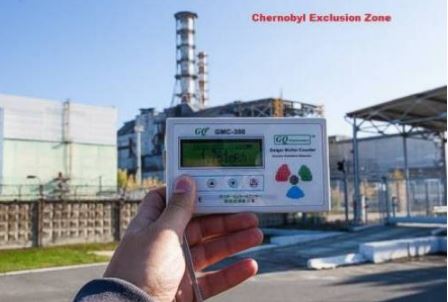
What is Radon?
Radon is a naturally-occurring gas that forms in the soil. When other radioactive elements like uranium, radium, and thorium break down, radon is one of the byproducts. Those other elements might sound scary, but because they’re solid, they stay in the ground. Because radon is a gas, it can seep out of the ground and into the air, where it can be inhaled. This is why radon is most commonly found in basements; there’s more ground exposure the lower you get!
When you inhale radon, some of the radioactive particles end up in your lung tissue. These particles emit radiation, which can damage the DNA in nearby cells. Some of these DNA changes can cause cancer, even years after you first inhaled the gas.
According to the CDC, radon is a major cause of lung cancer, second only to tobacco smoking. In fact, the Surgeon General estimates that 20,000 Americans die each year due to radon-induced lung cancer. Risk levels are higher for people who both smoke and inhale radon gas. Other risk factors include how much time you spend in your home. After all, the more time you spend in a high-radon area, the more radon you’re going to breathe. Burning wood and fuel oil indoors can also increase your risk of cancer, particularly if your radon levels are high.
Because radon is naturally-occurring, there’s always some quantity of radon in the air. Even if you’re reading this article in a pristine Alpine meadow, you’re still breathing very small amounts of radon. There’s simply no way to eliminate all of it! For this reason, the EPA has established a “safe” level for indoor radon levels. They recommend no more than four picocuries per liter (pCi/L) of radon in your air.
This is why radon testing is so important. Without a radon test, you have no way of knowing how high your radon levels are. Tests can either be professional or do-it-yourself. Do-it-yourself tests, like the detectors we’re reviewing today, aren’t perfect. But they give you a good idea of where your levels are. If they’re very low or very high, you know where you stand. If your results are right on the borderline (3-5 pCi/L), you should verify with a professional test. That said, home detectors do offer another advantage over professional tests. They allow you to monitor your radon levels over time. If your levels ever go up in the future, a professional test won’t capture that. A home radon detector will.
If it turns out that your radon levels are high, you don’t have to move. You’ll just need to hire a radon mitigation contractor, which isn’t as expensive as it sounds. Normally, radon levels can be mitigated by venting the affected area. A couple of fans and vents can make a big difference. In basements, a contractor may also look for cracks in the foundation where radon can seep in. Sealing these cracks is another cheap, effective way to reduce indoor radon levels. Once mitigation is complete, a contractor will typically install a radon detector and follow up if needed.
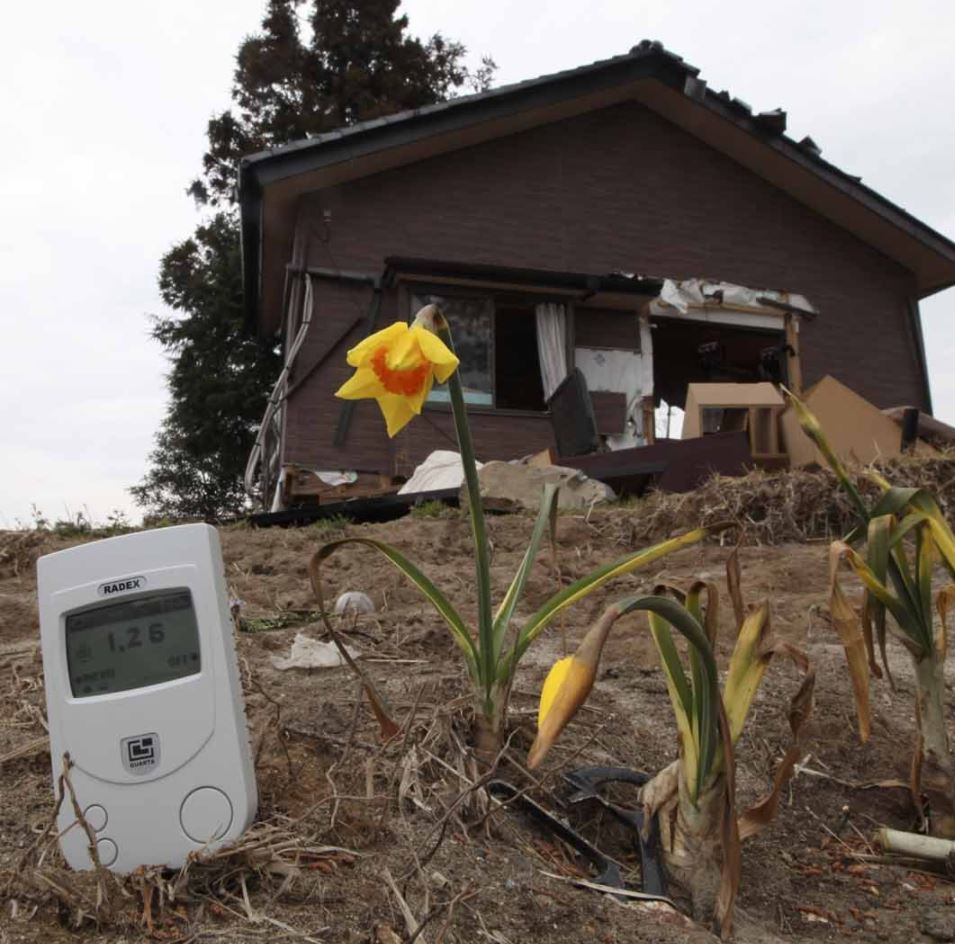
How Does a Nuclear Radiation Detector Work?
There are several different ways that a nuclear radiation detector can function. However, most methods require expensive lab equipment. In home radon detectors, you’ll generally find two different types of mechanism: scintillation cells and ionization chambers. In both methods, air diffuses, or is pumped into an enclosed “counting chamber.” This process occurs slowly, since the counting chamber needs to be light-proof. As a result, counting chambers are typically shielded by a semipermeable light-proof membrane. Air can bleed through, but only slowly. This is one of several reasons that a radon detector can take days to reach a stable reading.
Inside the counting chamber, you’ll find either a scintillation cell or an ionization chamber. A scintillation cell is a crystal that has the same opacity as water. They contain heavy elements, which are more likely than lighter elements to attract gamma rays. The most common material is a sodium iodide crystal infused with thallium. This type of crystal has been in use since 1944, when it was invented to help with the Manhattan Project.
When a gamma ray from radon — or any other source — strikes the crystal, the crystal flashes. This is usually in the visual spectrum, but can fall outside of that range too, depending on the radiation source. Radiation from uranium, for example, has a different wavelength than radiation from radon. In turn, the radiation will produce a different colored flash. An optical sensor records the flashes, and records their exact color frequency. That color tells the optical sensor what type of material is producing the radiation.
An ion chamber works on a similar principle, but has a more basic design. In fact, the design is so simple that it’s a popular science fair project. An ion chamber is an enclosure with a conductive exterior. In the center, there’s a wire electrode, insulated entirely from the conductive walls. A current is then applied to the walls, with an opposite current applied to the electrode. This causes the particles inside the chamber to become ionized, and compress at one end of the can or the other. When the air becomes compressed, radioactive particles are more likely to collide and become detectable. This effect can be enhanced with a pump to further pressurize the chamber.
The voltage required for an ion chamber detector is highly variable, and depends on the size of the chamber. The larger the chamber, the more accurate your readings. However, your price and power demands will also increase. This is why home radon detectors are not as accurate as more advanced lab models. That said, ion chamber detectors are very useful for getting a “good enough” reading. Unless you’re right on the borderline of acceptable quality, you’ll know whether or not your air is okay.
Ionization chambers are also used in modern smoke detectors, albeit they work on a slightly different principle. In a smoke detector, an Americium element gives off radiation, which is measured by a sensor on the other end. When smoke enters the chamber, it blocks some of the radiation, and the sensor sounds an alarm.
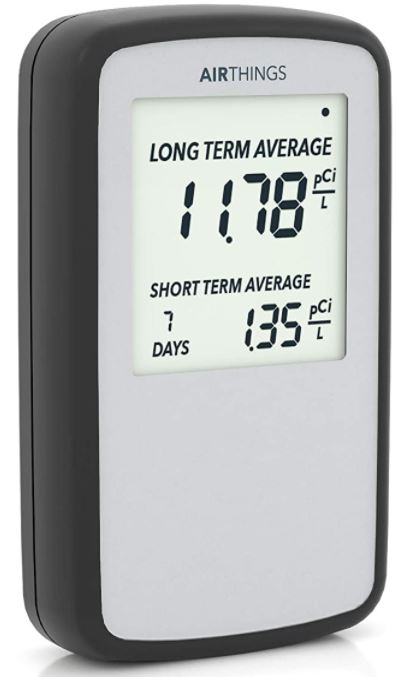
AirThings Corentium Home Radon Detector
The AirThings Corentium Home Radon Detector is a small, handheld detector. This design makes it easy to use anywhere in the house, so you can read multiple rooms without any headache. It’s battery-powered, with three AAA batteries included in the package. The batteries will last for over a year, and they’re easy to replace when they finally do run dry. If you have any issues during setup, AirThings provides 24/7 customer support. And if anything goes wrong in the first year, you’re protected by their 12-month manufacturer’s warranty.
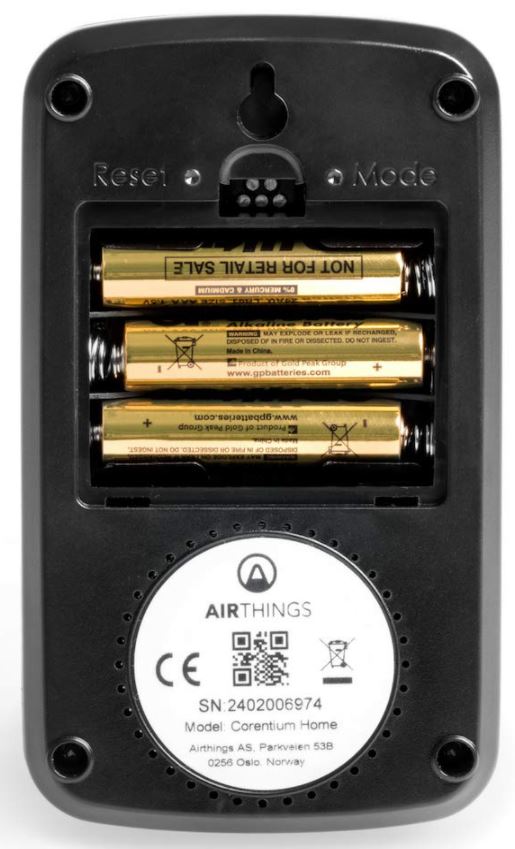
On the front of the unit, you’ll see an easy-to-read display that shows your radon level in pCi/L. On the top, you’ll see your long-term average level, which is the average of lifetime readings. On the bottom, you’ll see the short-term average, which is the average over the last seven days. Both of these numbers can be reset, so you get a clean slate when you move from room to room. Keep in mind that while you’ll start seeing numbers within 24 hours, early numbers can be wildly inaccurate. You want to wait at least three days, and preferably a full week before you take the measurement seriously.
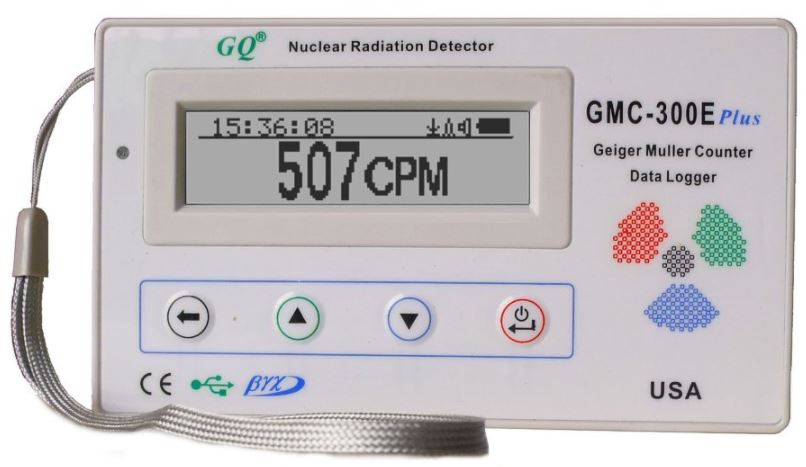
GQ GMC-500Plus
The GQ GMC-500Plus is an updated version of GQ’s older GMC-300Plus geiger counter. It has a white case, with a tether for attaching it to your wrist. It also sports a pair of cutouts on the back for screws, so wall mounting is easy. This makes it a solid choice for semi-permanent installation, since you don’t have to set it down somewhere. Just mount it on the wall somewhere out of the way, and monitor it as needed. The internal battery will last for a year or more, and is rechargeable with the included cable.

One neat feature of the GMC-500Plus is the audio data port. This port can be plugged into a tablet, laptop, or desktop to download and track long-term readings. If you want to keep detailed measurements over a long period, it’s an excellent choice. Keep in mind that this does require you to install GQ’s software, but the software is free and easy to install.
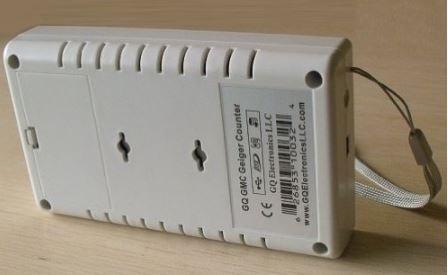
The front LCD display is easy to read, with easy-to-use buttons underneath. Unfortunately, it’s not actually a radon detector. The GMC-500Plus is a geiger counter, and displays its results in count per minute (CPM). This simply measures overall radiation, and radon is virtually undetectable in this fashion. Without knowing the frequency of the radiation, it blends right in with ordinary background radiation.

RADEX RD1706
The RADEX RD1706 is a hybrid unit that includes both a radon detector and a geiger counter. This makes it highly versatile for just about any radiation-related measurements. It measures gamma, X-ray, and beta ray radiation, and displays measurements in microsieverts per hour (uSv/h). uSv/h can be converted to pCi/L using a simple formula, giving you your radon level.
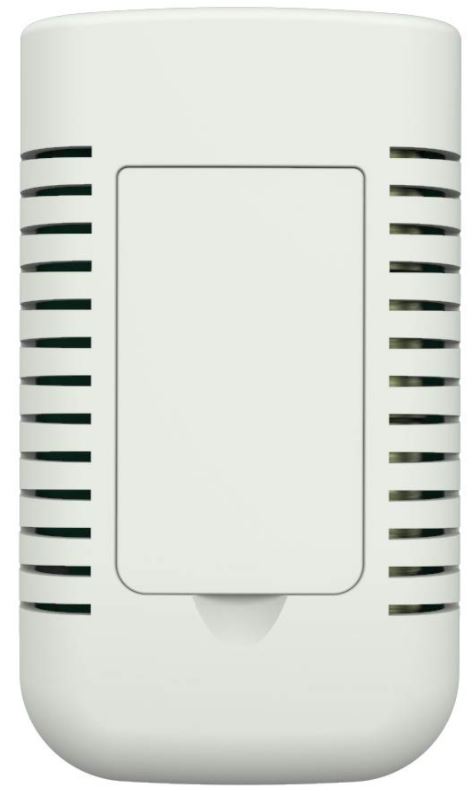
The RD1706 frame is sturdy, with an easy-to-read LCD display and three simple control buttons. It can operate for up to 500 hours on a single charge. This might not sound like much, but it’s designed to give instant readings. Detection times range from one second to a maximum of 26 seconds, so you don’t have to run it for long. Even if you’re taking multiple measurements a day, the battery will last for years.
Final Verdict
Each of these nuclear radiation radon detectors has its own strengths and weaknesses. Which one is right for you will depend on exactly what you need. We started by reviewing the AirThings Corentium Home Radon Detector. This simple handheld detector provides initial readings within 24 hours, and comprehensive readings within a week. It also has an easy-to-read display without a lot of clutter.
The GQ GMC-500Plus is a different animal altogether. It’s a geiger counter, not a proper radon detector, and it’s better suited for measuring overall radiation. That said, it’s compact and easy to mount on your wall. The tracking software is also pretty nifty, since you can track your results over weeks, months, and years.
The RADEX RD1706 is a jack of all trades. As both a radon detector and a geiger counter, it meets all of your home radiation detection needs. It’s also useful for hobbyists who want a geiger counter for their projects. The RD1706 isn’t quite as accurate as the AirThings detector, but it works in seconds instead of days. This makes it a great choice for anyone who needs a quick-and-dirty radon measurement.
Meet Ry, “TechGuru,” a 36-year-old technology enthusiast with a deep passion for tech innovations. With extensive experience, he specializes in gaming hardware and software, and has expertise in gadgets, custom PCs, and audio.
Besides writing about tech and reviewing new products, he enjoys traveling, hiking, and photography. Committed to keeping up with the latest industry trends, he aims to guide readers in making informed tech decisions.

